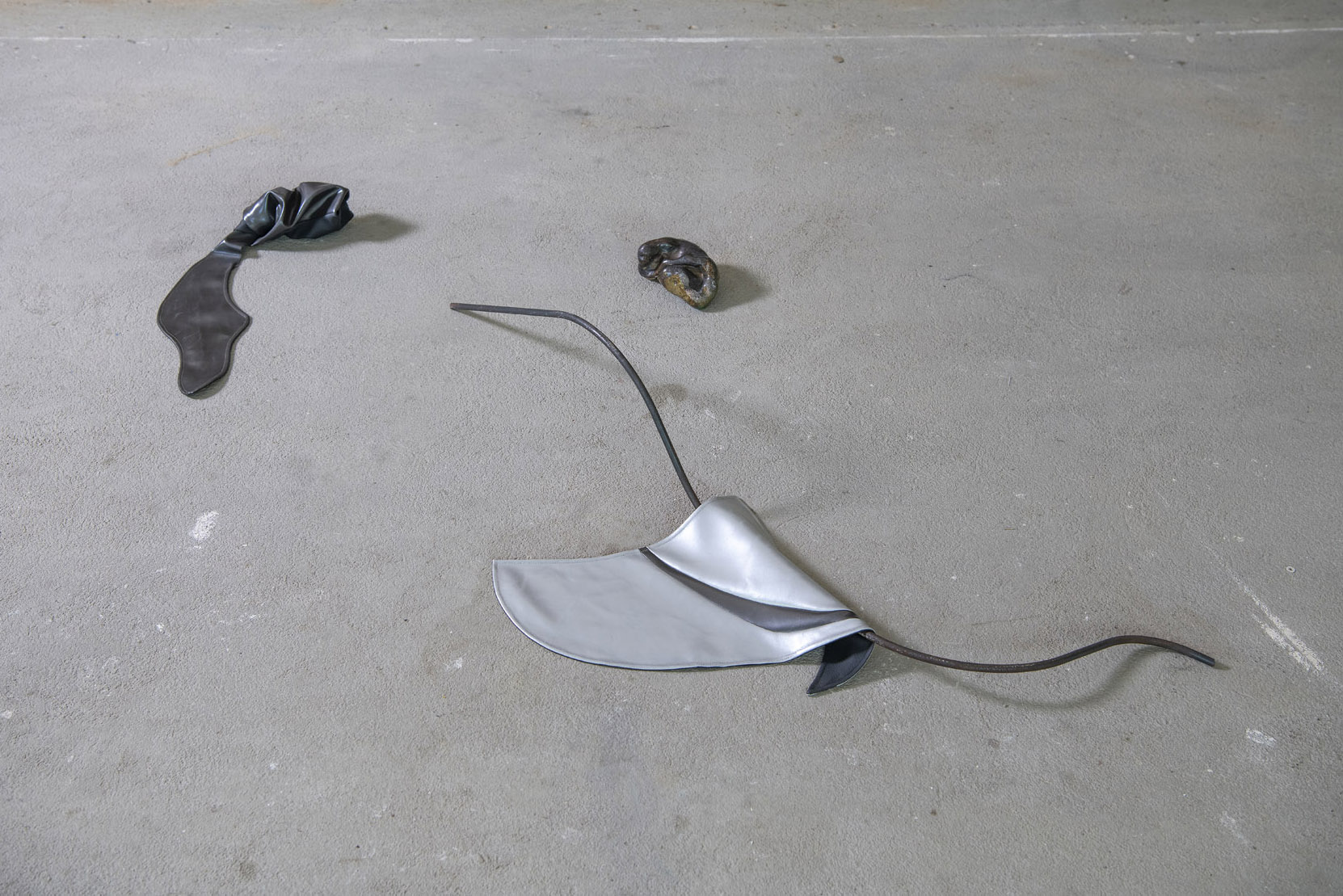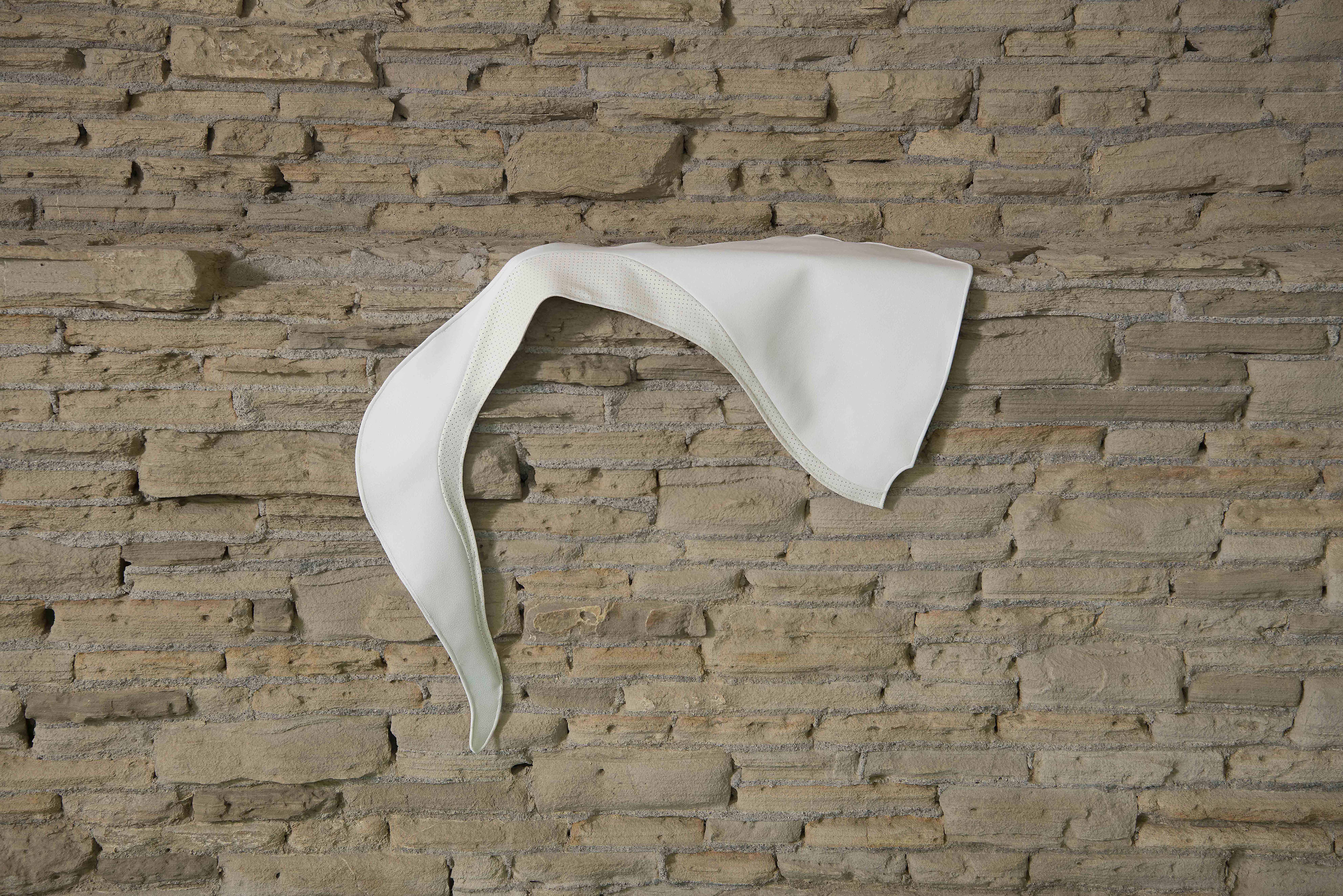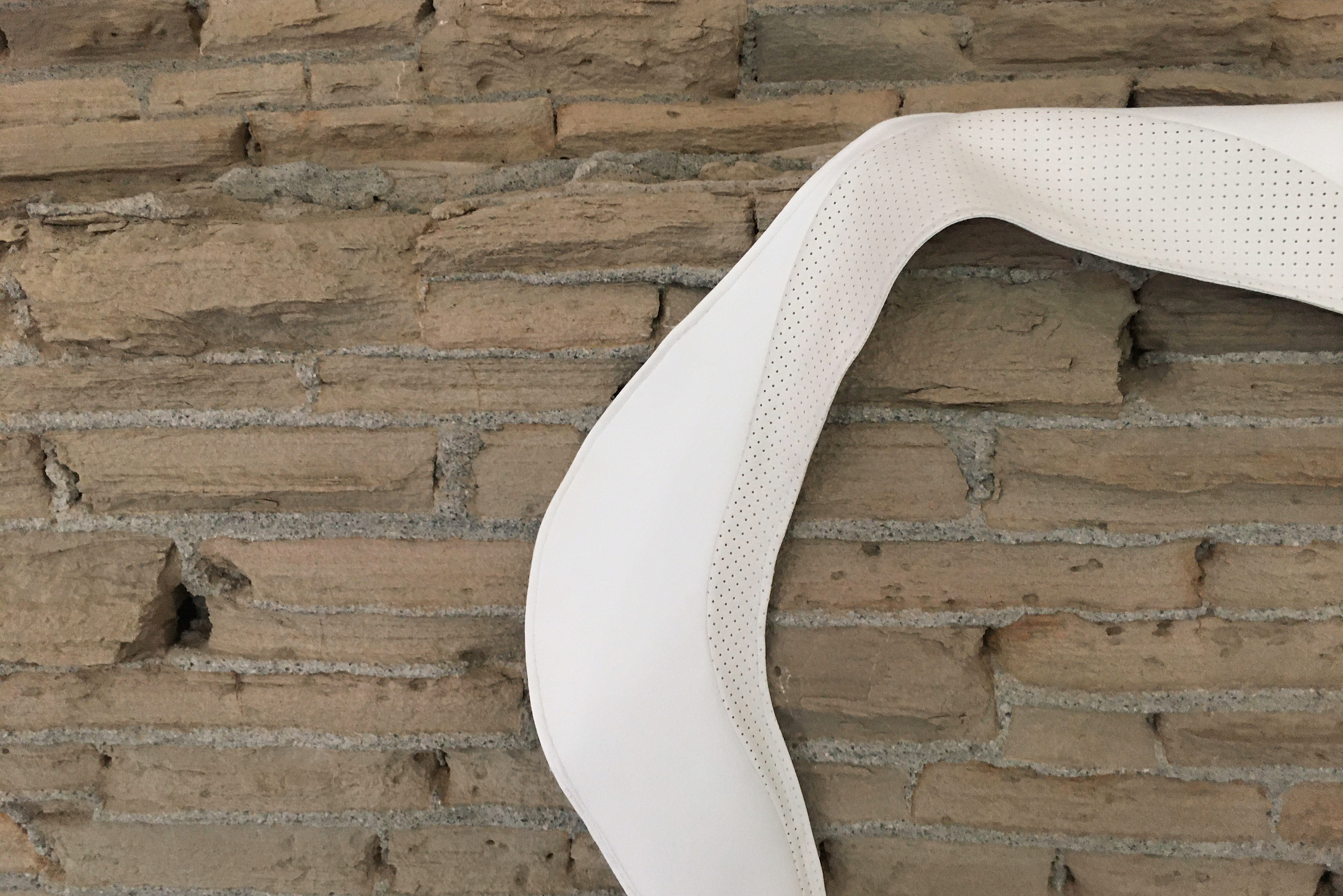![]()
![]()
![]()
![]()
![]()
![]()
![]()
![]()
![]()
![]()
Disrupting the Haptic Continuum










phytorio / Visual Artists and Art Theorists Association
artist in residence programme
in collaboration with Michalis Charalambous
images Nicos Louka
tactile sense in crisis
your touch offers and is offered a warning
of the dangers it must swivel to avoid.
the haptic continuum is disrupted
until further notice
or
indefinitely
If the skin on our hands is our primary point of contact with the world, of sensing and of knowing, what can we expect to happen when the tactile sense begins to malfunction? As we try to act against our skin’s own impulse to immerse itself on a surface, of our grasp to instinctively seek assurance on a staircase handrail, on any support rails, any handles, our fingers to curiously slip into cavities and holes, our palms to press firmly on tables and counters, the viral ‘threat’ remains something imperceptible to our skin; the very existence of harmful, possibly even lethal, bacteria is something that does not register on the surface of our enveloping membrane. Yet the skin has the capacity to acquire, to host and to transport it, whilst remaining itself unaware of it.
As the role of our hands in perceiving the world around us is severely limited by covering our hands and withdrawing them from the most fundamental processes of engagement we feel inclined to ask if it was reckless relying on them in the first place; whether it might have been possible for us to have misused or abused our means of access to the haptic continuum in an effort to enhance sensory satisfaction. That is to say whether we have overindulged in this satisfaction of our reliance on the skin’s own ability to defend or to shield, always winning each battle and never thought as capable of defeat. Ultimately, since our own instincts turn against us they poignantly lead us to question our collective abilities to lead to detrimental decision making, urging us to redefine the way in which we use our hands not in order to know the physical world, but, in order to avoid it.
The work explores states of disruption on and through the sense of touch as our hands, and by extension, our skin reconfigure their very function from agents facilitating the sense of touch to agents that touch whilst avoiding to touch, hesitating to touch and unavoidably becoming fearful of touch. Desire and avoidance. Immersion and withdrawal. Utopias of tactile immersion, of leaning into touch, of indulgence in a sense that is now in a process of being closely monitored, regulated and policed. As the hand encounters and explores a surface it registers its own response through its own marks on an object’s surface in a process of negotiating the tactile experience as a material record. This record is our very own and nuanced response to the visible and invisible contents of surfaces, the speculations, assumptions and suspicions of what may dwell on them or a manifestation of what emerges as the surface of our skin encounters the surface of an ambiguous object.
[excerpt, Disrupting the Haptic Continuum, August 2020]